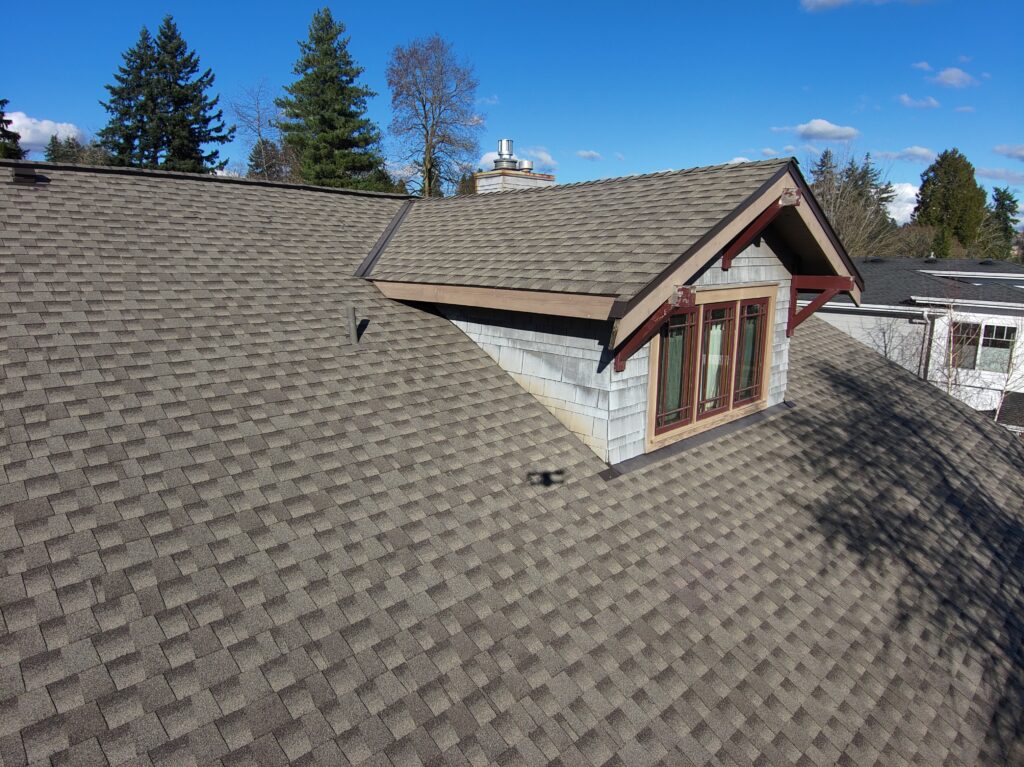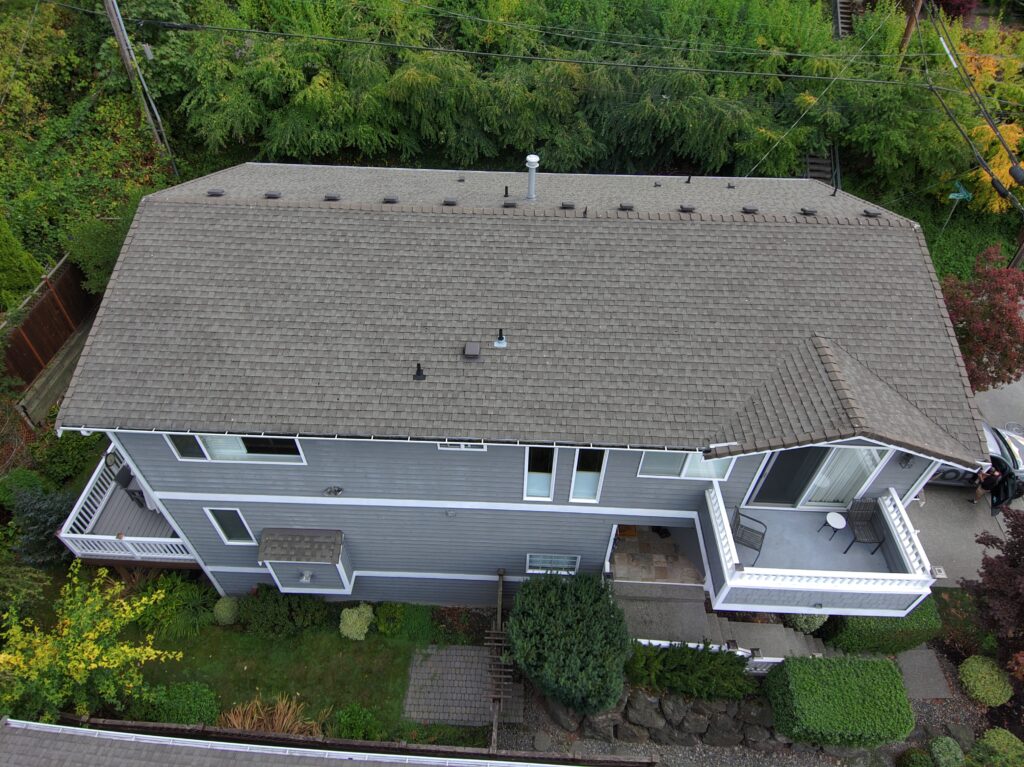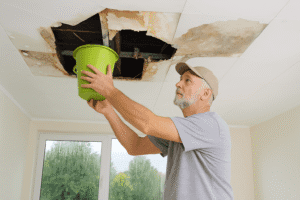The roof over your head does more than protect your home—it supports energy efficiency, structural integrity, and resale value. But like any system, it has a shelf life. The average lifespan of a roof depends on material, maintenance, and local climate. Fortunately, there are steps every homeowner can take to maximize performance and avoid early failure.
In this guide, we’ll explain how to extend your roof lifespan, what factors affect longevity, and when it’s time to act to prevent major repairs or full replacement.
What Is the Average Lifespan of a Roof?
Roofing Materials and Expected Durability
Not all roofs age equally. The average lifespan of a roof can range from 15 to 100 years depending on the material:
- Asphalt shingles: 15–30 years (standard), 30–50 years (architectural)
- Metal roofing: 40–70 years
- Cedar shakes: 20–35 years
- Clay or concrete tile: 50+ years
- Slate or synthetic slate: 75–100 years
These ranges can shift based on installation quality, regional weather, and maintenance habits.
Top Factors That Shorten Roof Lifespan
Lack of Routine Maintenance
Neglect is the biggest threat to a healthy roof. Clogged gutters, moss growth, and damaged flashing can all lead to premature failure if left unaddressed.
Poor Ventilation and Insulation
Inadequate attic ventilation causes heat and moisture buildup, which accelerates shingle wear and wood rot. Proper airflow and insulation are essential to extending roof lifespan.
Storm Damage or Debris
Hail, wind, and falling branches can cause hidden structural issues. Even small punctures or lifted shingles can lead to water intrusion and long-term damage.
How to Extend the Life of Your Roof
- Schedule Regular Roof Inspections: Professional inspections every 1–2 years (or after major storms) help catch minor issues before they turn into expensive repairs. Early detection is one of the most effective ways to preserve your roof lifespan.
- Clean Gutters and Remove Debris: Overflowing gutters and heavy debris add unnecessary strain to your roof system. Clear them regularly to prevent moisture damage and algae growth.
- Address Minor Repairs Promptly: Loose shingles, cracked flashing, or popped nails may seem small, but they’re often early warning signs. Timely repairs help maintain the roof’s protective barrier.

Know When It’s Time for a Replacement
Warning Signs of Roof Aging
Even with good maintenance, every roof will eventually reach the end of its useful life. Watch for:
- Sagging areas or soft spots
- Missing or curling shingles
- Chronic leaks despite repairs
- Granule loss on asphalt shingles
- Increasing energy bills due to poor insulation
If your roof is approaching the average lifespan for its material, it’s smart to start planning your replacement rather than waiting for a crisis.
Final Thoughts: Protect Your Investment with Smart Roofing Decisions
Your roof is one of the most valuable components of your home. Understanding the average lifespan of a roof and what affects it empowers you to make informed, cost-effective decisions. With regular care, proper ventilation, and timely repairs, most homeowners can extend their roof lifespan well beyond the minimum.
Want to dive deeper into roof system choices? Check out our related article on how to choose the right roofing material for your home.
Your Asphalt Shingles Questions Answered

What is the lifespan of a roof?
The lifespan of a roof depends on the material, installation quality, climate, and maintenance. On average:
- Asphalt shingle roofs last 15–30 years
- Metal roofs last 40–70 years
- Cedar shakes last 20–35 years
- Tile and slate roofs can last 50–100 years
Routine maintenance, good ventilation, and timely repairs are key to reaching the full lifespan of any roofing system.
How can I extend the lifespan of my roof?
To extend your roof lifespan, follow these steps:
- Schedule professional inspections every 1–2 years
- Clean gutters and remove debris regularly
- Repair minor issues like loose shingles or flashing quickly
- Ensure proper attic ventilation and insulation
- Avoid pressure washing or harsh chemical cleaners
These practices help prevent moisture buildup, structural wear, and premature aging.
What is the average lifespan of an asphalt shingle roof?
The average lifespan of an asphalt shingle roof is typically 15 to 30 years for standard 3-tab shingles. Architectural shingles—also known as dimensional or laminated shingles—last longer, usually between 30 to 50 years, due to their thicker design and better durability. Climate, roof slope, and maintenance will all impact how long your asphalt roof lasts.


